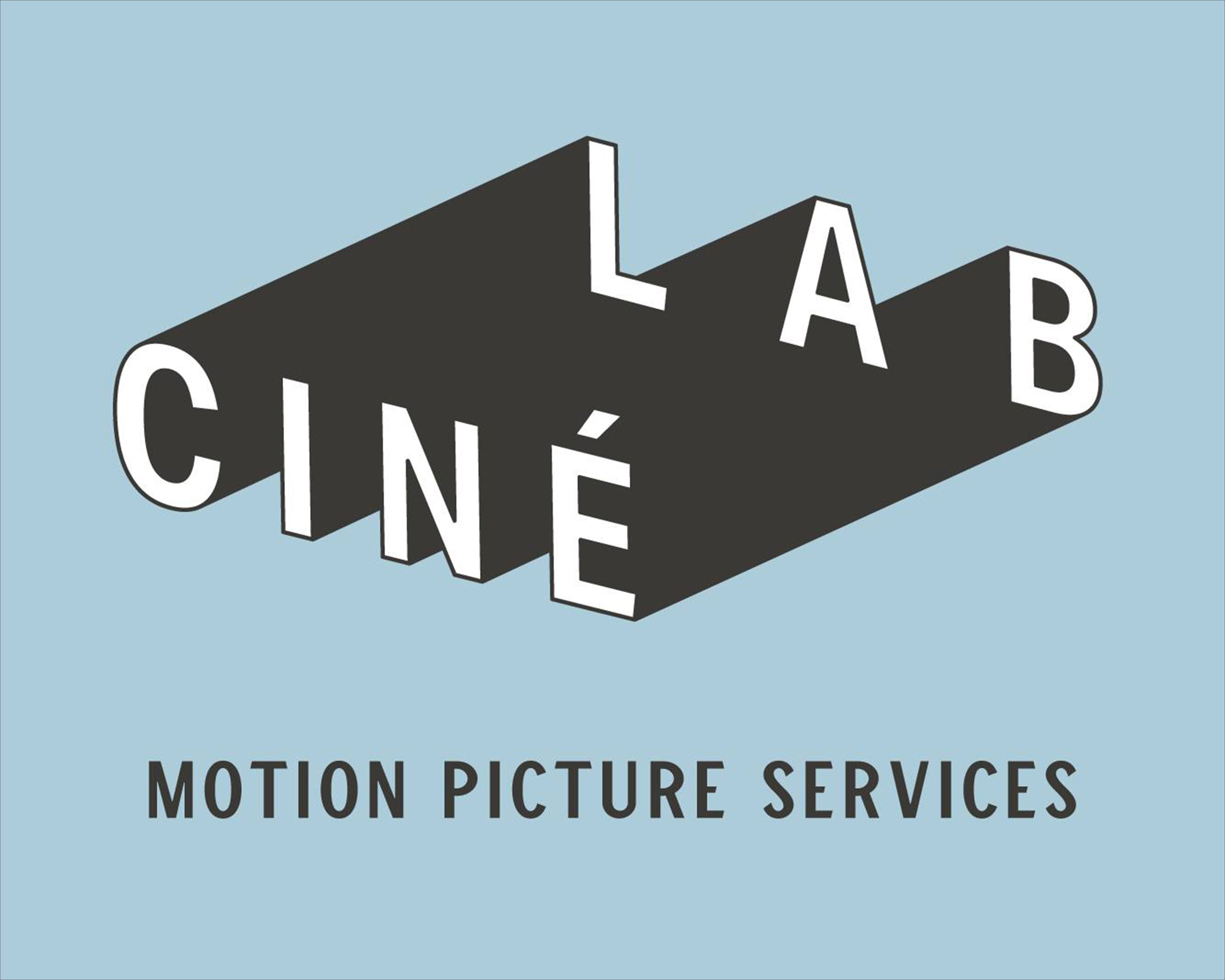Aside from being big and robust, which is the kind of connector you want when you're working on a movie set, XLR uses balanced audio, where the same signal is sent on two cables with opposite polarities. This dramatically reduces noise from electrical interference and allows you to have very long audio cables.
Basically the camera uses the difference between the two signal cables to determine the audio level. Since electrical interference will affect both cables in a similar manner, the interference is nearly cancelled out when the difference is taken:
if one cable carries signal voltage S and the other -S, when you add some noise voltage from external interference, they'll carry (S + noise) and (-S + noise). Then when you take the difference, you'll get (S + noise) - (-S + noise), which equals S + noise + S - noise = 2 x S. In real life the noise will be slightly different between cables, but the vast majority of it cancelled out.
We've almost never had noise problems with XLRs, whereas we quite often had them on really low-budget shoots using cheaper mikes with 3.5mm jacks and single signal cables.






